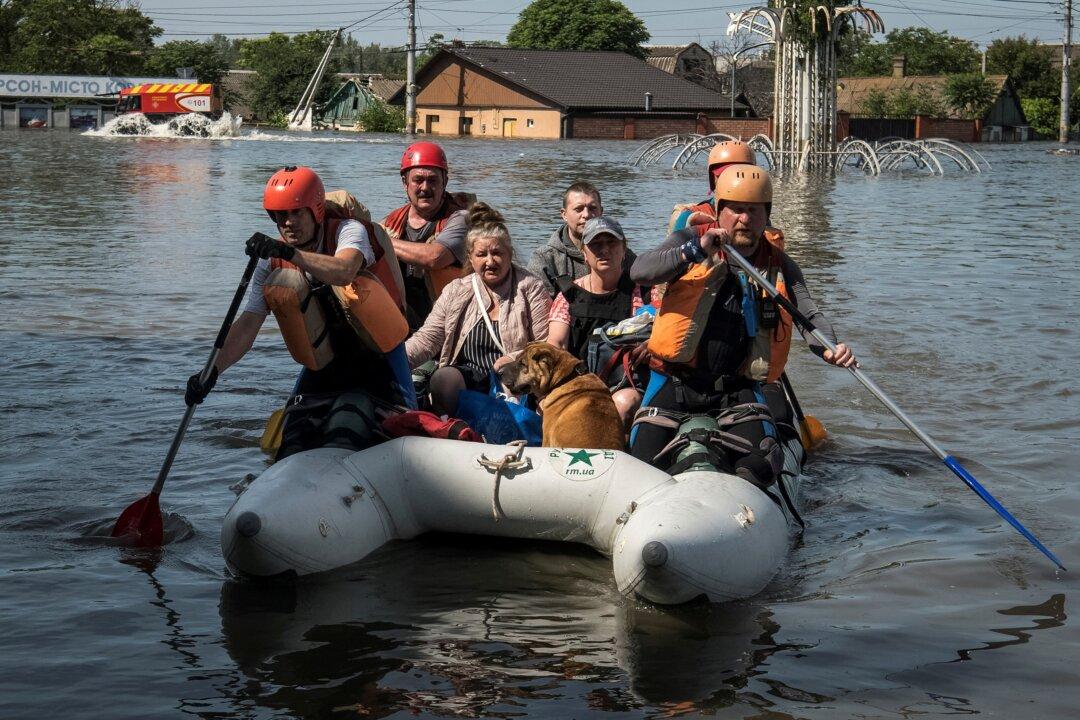Local residents in the Kherson region of Ukraine continue to struggle with rising floodwaters one day after a critical hydroelectric dam was breached by as-yet-unknown causes.
“Everything is submerged in water: all the furniture, the fridge, food ... everything is floating,” one 53-year-old resident of Kherson city, the Ukrainian-held regional capital, told Reuters.





